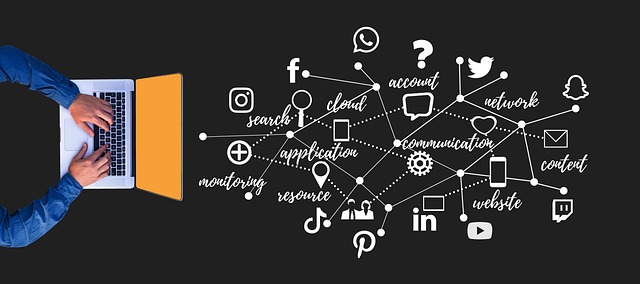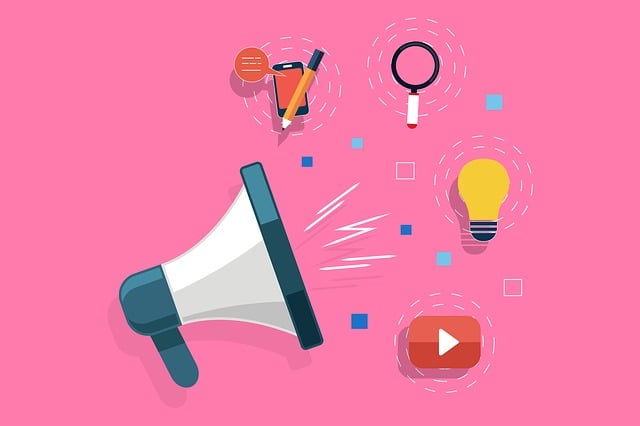AI sensory balance testing in VR is a crucial process that evaluates how well AI systems interpret and respond to diverse sensory inputs in virtual reality, ensuring accurate and immersive experiences. Developers simulate various scenarios like low-light conditions, noisy audio, and varied haptic feedback to identify issues in visual, auditory, and tactile feedback. Rigorous testing enables the refinement of algorithms, improvement of data processing, and optimization of interactions, enhancing overall user experience. Adaptive training flows using AI personalize learning sessions based on individual performance, making it an effective method for medical simulations and aviation training by adjusting scenarios and feedback over time.
In the realm of immersive training, Artificial Intelligence (AI) is reshaping experiences with its ability to adapt. Central to this evolution is AI sensory balance testing in Virtual Reality (VR), ensuring realistic and safe simulations. The article delves into the innovative concept of adaptive training flows, which leverage past session data for personalized learning. By understanding user interactions and physiological responses, these flows create tailored environments, enhancing knowledge retention and engagement. This exploration uncovers the benefits and diverse applications of AI sensory balance testing in VR, revolutionizing how we approach skill development.
- Understanding AI Sensory Balance Testing in VR
- The Role of Adaptive Training Flows
- Benefits and Applications of Past Session Learning
Understanding AI Sensory Balance Testing in VR

AI sensory balance testing in VR involves evaluating how well artificial intelligence (AI) systems can interpret and respond to various sensory inputs within a virtual reality (VR) environment. This type of testing is crucial for ensuring that AI agents, such as virtual trainers or companions, provide users with accurate and immersive experiences. By simulating diverse scenarios and measuring the AI’s performance, developers can identify and address issues related to visual, auditory, and haptic feedback, ultimately enhancing the overall VR experience.
The balance in AI sensory testing is key; it assesses not only the accuracy of sensor data but also the system’s ability to integrate and interpret these inputs seamlessly. This process includes rigorous simulations that challenge the AI’s perception under different conditions, such as low-light environments, noisy audio, or varied haptic feedback. Through these tests, developers gain insights into the AI’s strengths and weaknesses, enabling them to refine algorithms, improve data processing, and fine-tune interactions, ultimately making VR applications more reliable and engaging for end users.
The Role of Adaptive Training Flows

Adaptive training flows revolutionize the way we approach learning and skill development, especially in immersive environments like virtual reality (VR). By leveraging AI algorithms, these adaptive systems learn from each session, tailoring the experience to the learner’s individual needs and performance. This personalized approach ensures that users are challenged at an appropriate level, fostering a more engaging and effective learning process.
In the context of AI sensory balance testing in VR, adaptive training flows can meticulously adjust scenarios and feedback based on past performances. For instance, if a user struggles with balance during a virtual reality simulation, the system can introduce gradual adjustments to difficulty levels and sensory inputs, helping them adapt and improve over multiple sessions. This dynamic nature not only enhances learning outcomes but also makes it an appealing method for training in diverse fields, from medical simulations to aviation training.
Benefits and Applications of Past Session Learning

Adaptive training flows that learn from past sessions offer significant advantages in various applications, particularly in the realm of AI and virtual reality (VR). One of the key benefits is personalized learning experiences—by analyzing data from previous sessions, AI algorithms can identify areas where a user struggles or excels, allowing for tailored content and challenges. This ensures that each training session optimizes skill development, enhancing both engagement and effectiveness.
In the context of AI sensory balance testing in VR, past session learning enables sophisticated scenarios. For instance, if a user demonstrates consistent performance in a virtual environment, the system can gradually increase the complexity to push them further. Conversely, if difficulties arise, the flow can adjust to reinforce foundational skills before progressing, fostering a more robust understanding of concepts. This dynamic adaptation not only improves learning outcomes but also makes training more accessible and enjoyable for users across different skill levels.
Adaptive training flows powered by AI sensory balance testing in VR offer a revolutionary approach to learning. By leveraging past session data, these systems create personalized experiences that enhance performance and retention. The benefits are clear: improved user engagement, tailored instruction, and accelerated skill development. As we continue to explore the potential of virtual reality, AI-driven adaptive training flows promise to transform how we learn and perform in both real-world and digital environments.
